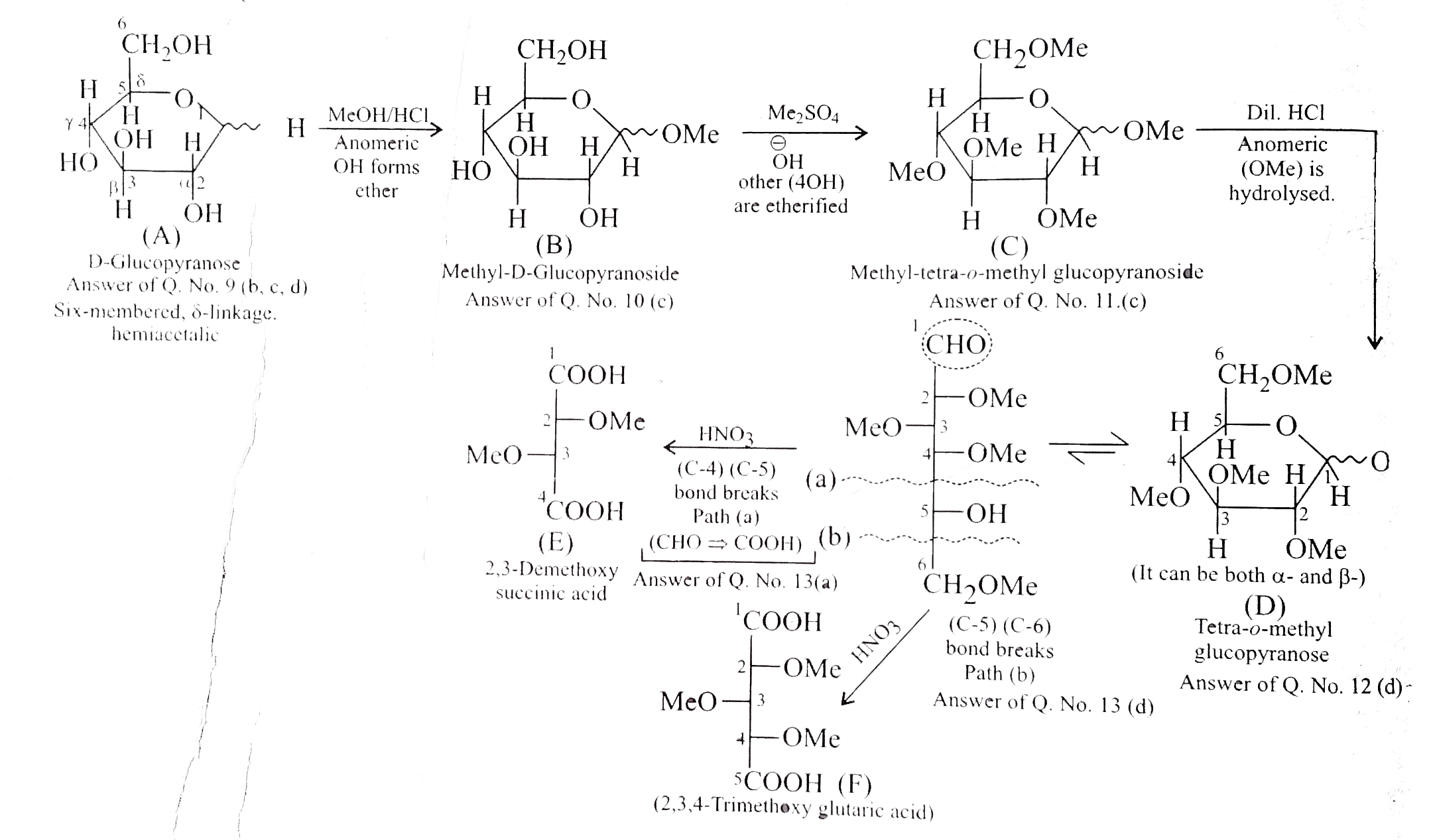
Compound (C) is:

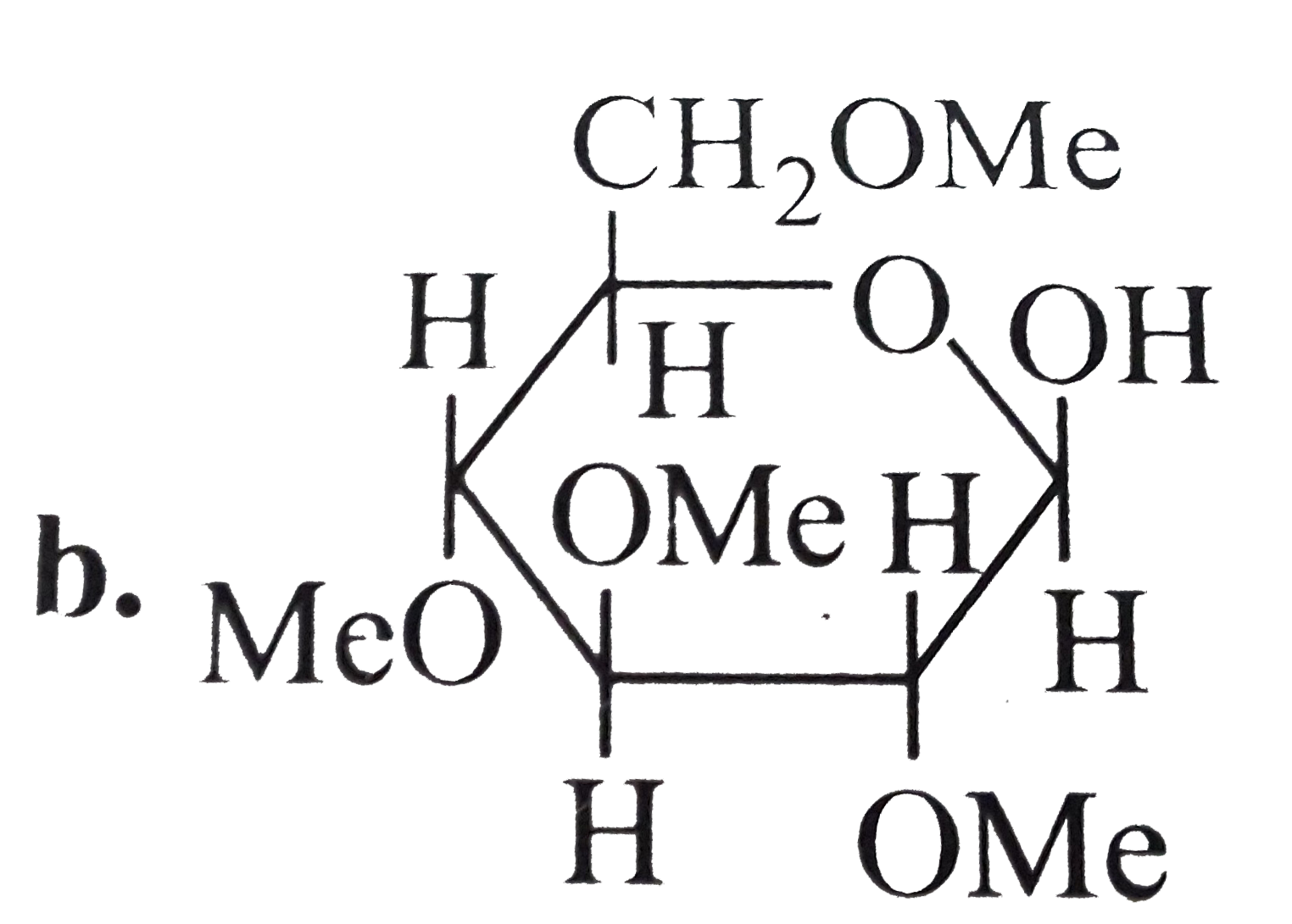
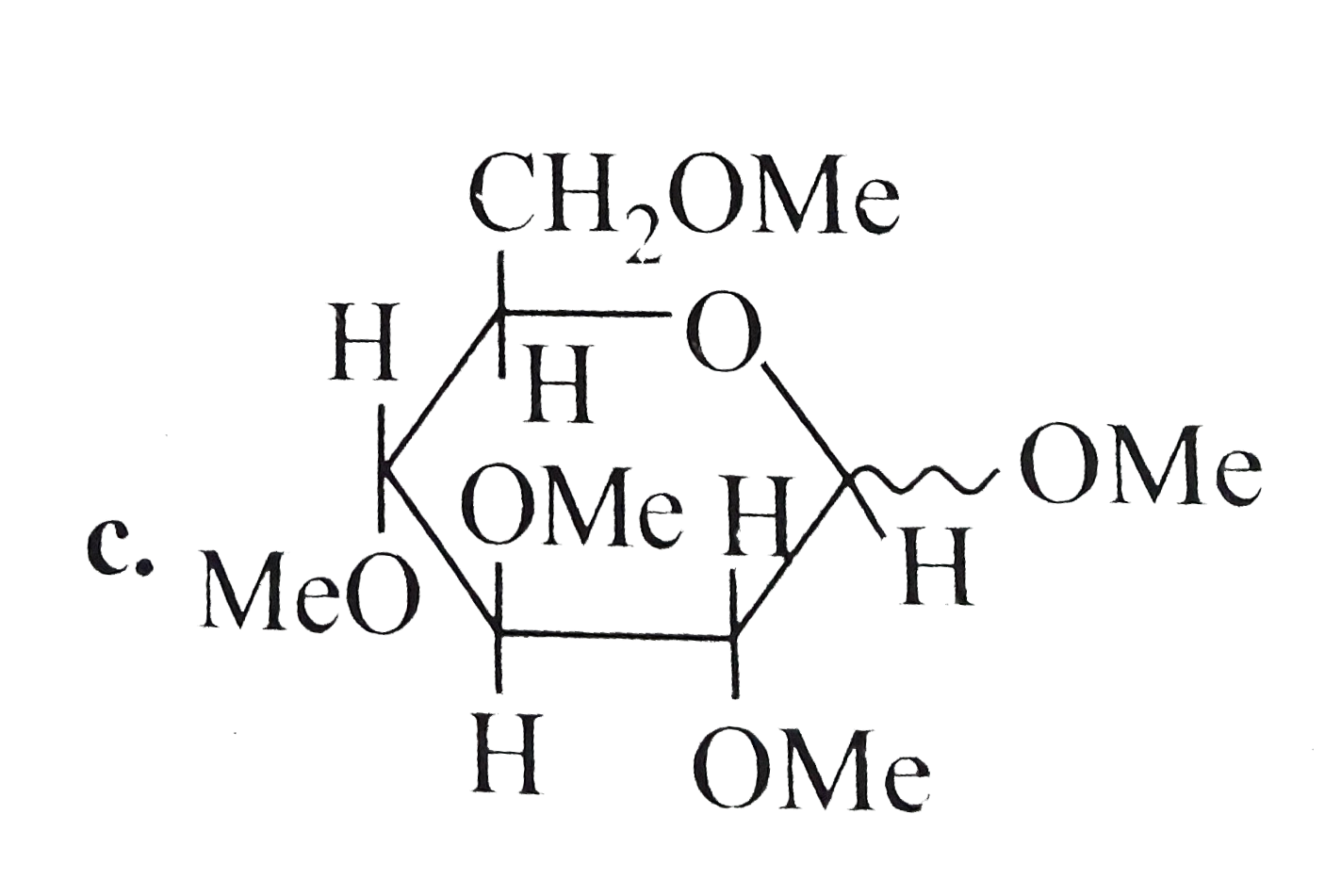
All
The correct Answer is:C
Topper's Solved these Questions
- BIOMOLECULESBOOK - CENGAGE CHEMISTRY ENGLISHCHAPTER - BIOMOLECULESEXERCISE - Exercises (Multiple Correcttype)
30 Videos
- BIOMOLECULESBOOK - CENGAGE CHEMISTRY ENGLISHCHAPTER - BIOMOLECULESEXERCISE - Exercises (Single Correcttype)
80 Videos
- BIOMOLECULESBOOK - CENGAGE CHEMISTRY ENGLISHCHAPTER - BIOMOLECULESEXERCISE - Exercises (Concept Application)
25 Videos
- AROMATIC COMPOUNDS AND ALKYL AND ARYL HALIDES BOOK - CENGAGE CHEMISTRY ENGLISHCHAPTER - AROMATIC COMPOUNDS AND ALKYL AND ARYL HALIDES EXERCISE - Archives Subjective Type
4 Videos
- CARBOXYLIC ACIDS AND THEIR DERIVATIVESBOOK - CENGAGE CHEMISTRY ENGLISHCHAPTER - CARBOXYLIC ACIDS AND THEIR DERIVATIVESEXERCISE - Exercises Archives (Analytical And Descriptive)
34 Videos
Similar Questions
compound (A) forms a ketone. It undergoes in following reaction scheme
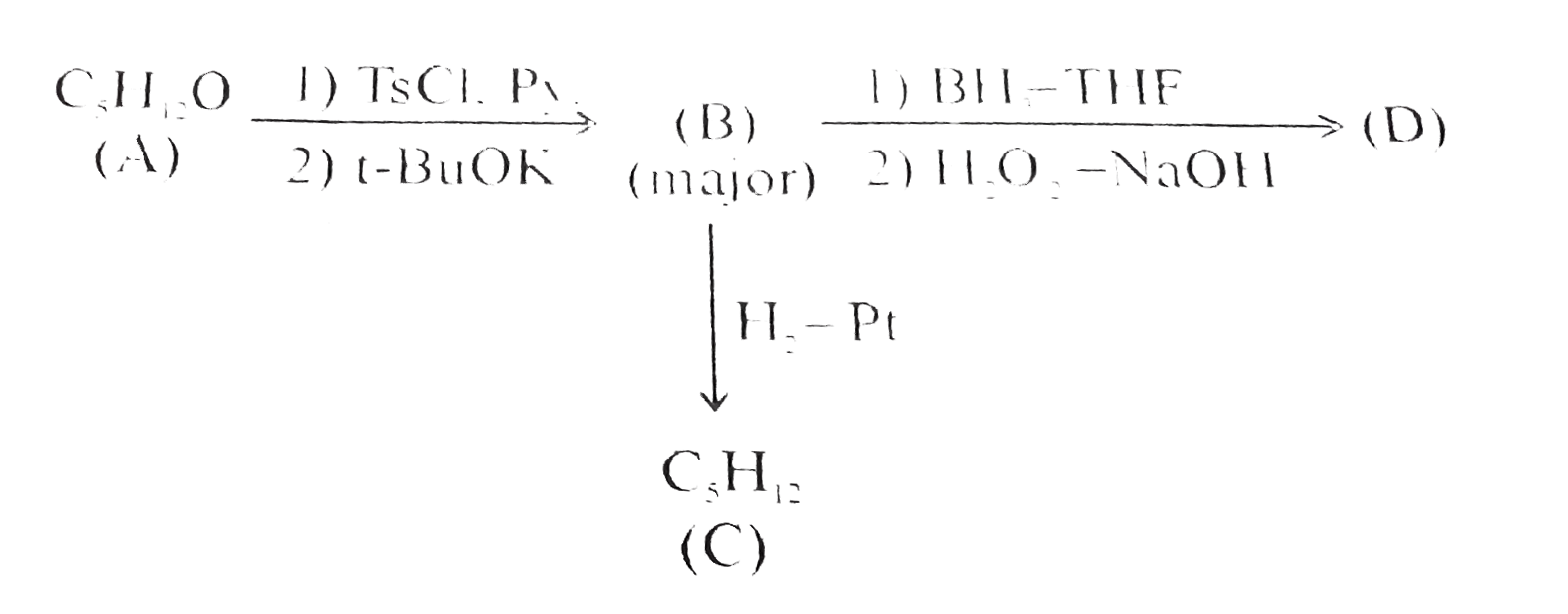
Compound (C ) on Photochlorination gives six monochloroderivaties.
Identify the correct statement?
View Solutioncompound (A) forms a ketone. It undergoes in following reaction scheme

Compound (C ) on Photochlorination gives six monochloroderivaties.
Identify the correct statement?
View Solution
Knowledge Check

Compound C will be :A B
B C
C D
D
compound (A) forms a ketone. It undergoes in following reaction scheme

Compound (C ) on Photochlorination gives six monochloroderivaties.
Identify the correct statement?
View Solution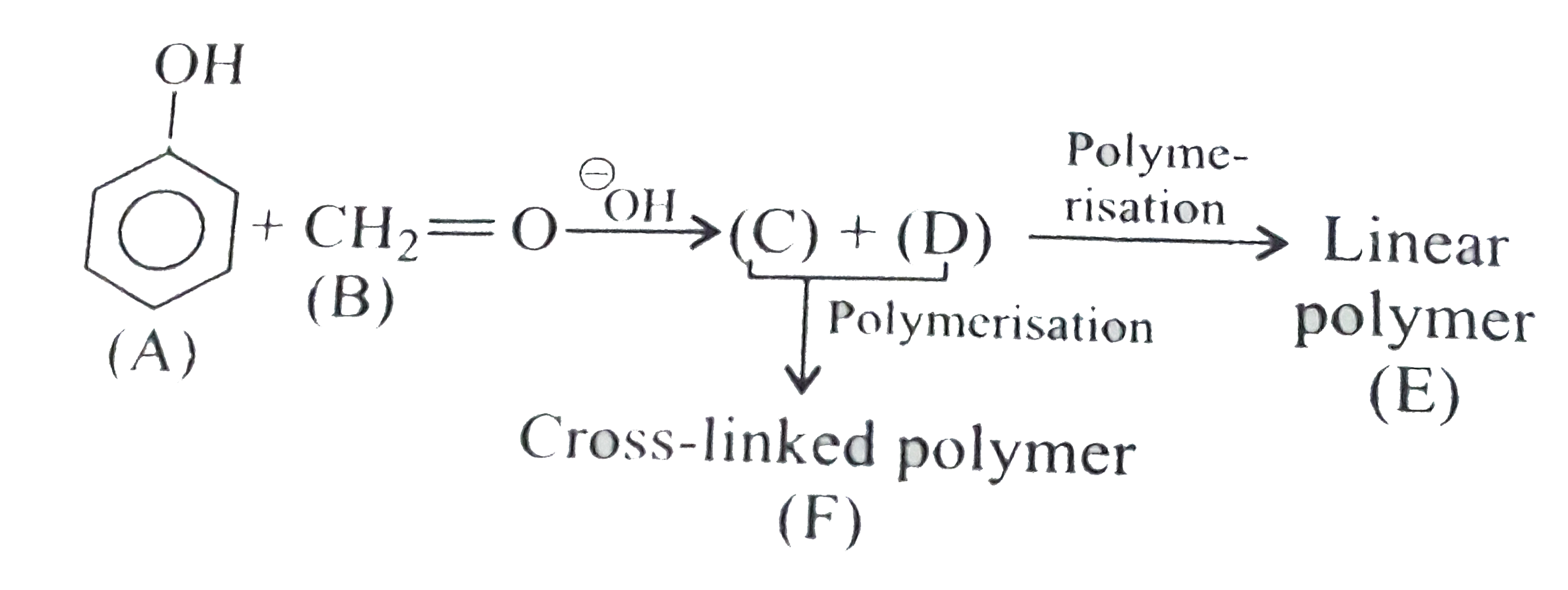
Compound (C ) and(D) are:
View Solution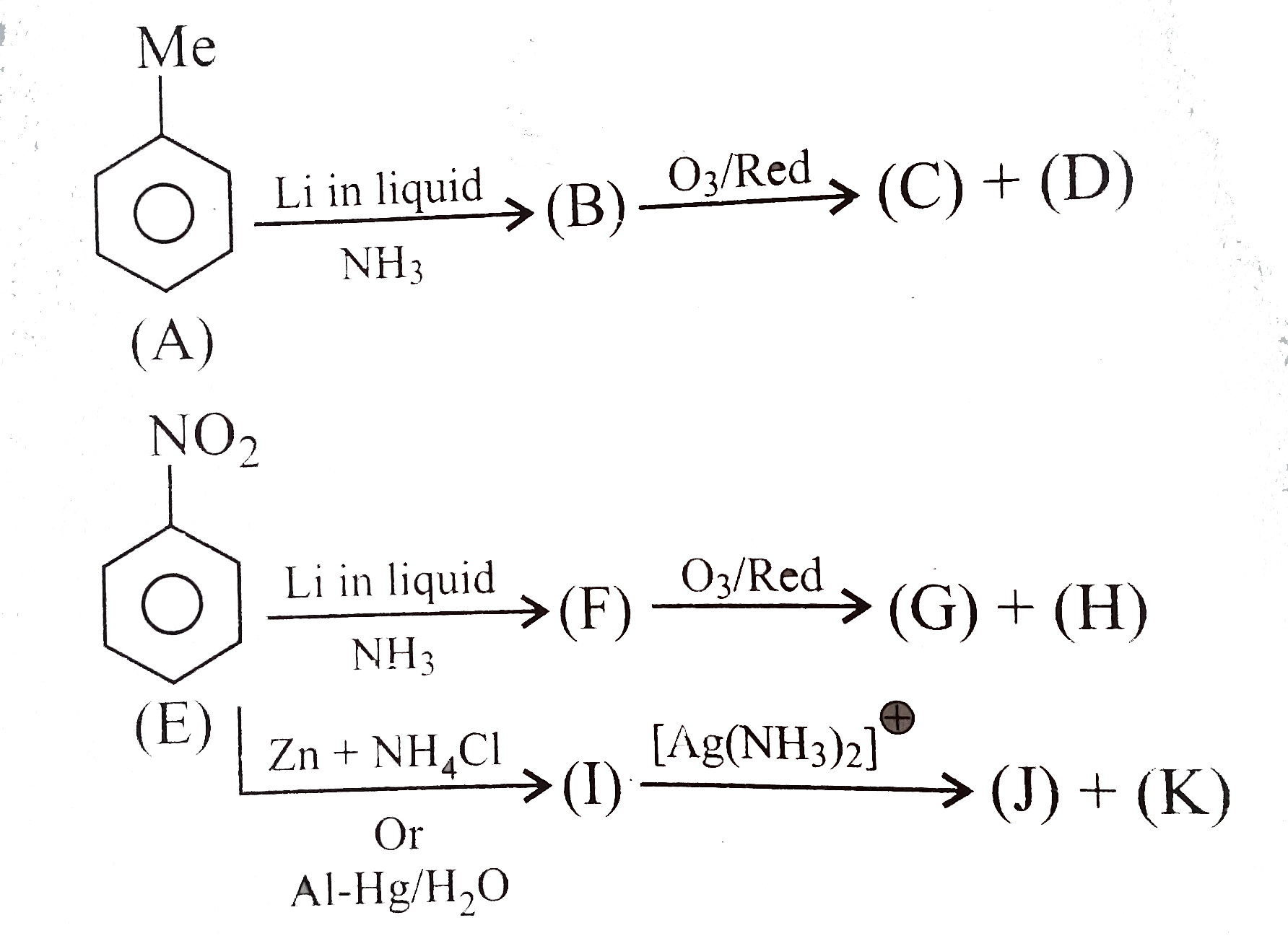
The compound (C ) and (D), respectively, are:
View Solution
Compound (C) and (E) are, rescpectively:
View Solution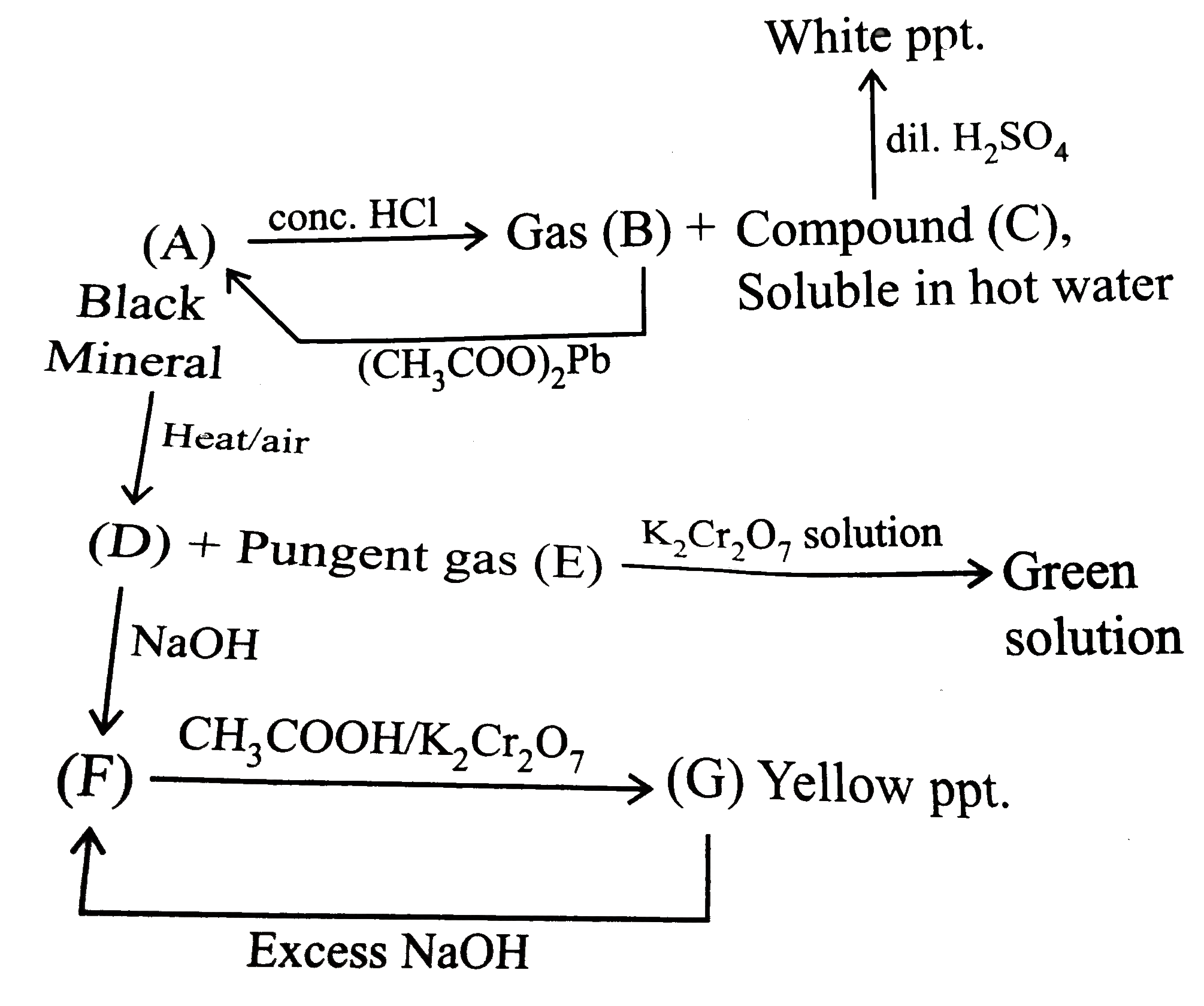
Compound (C ) and (D) are respectively
View Solution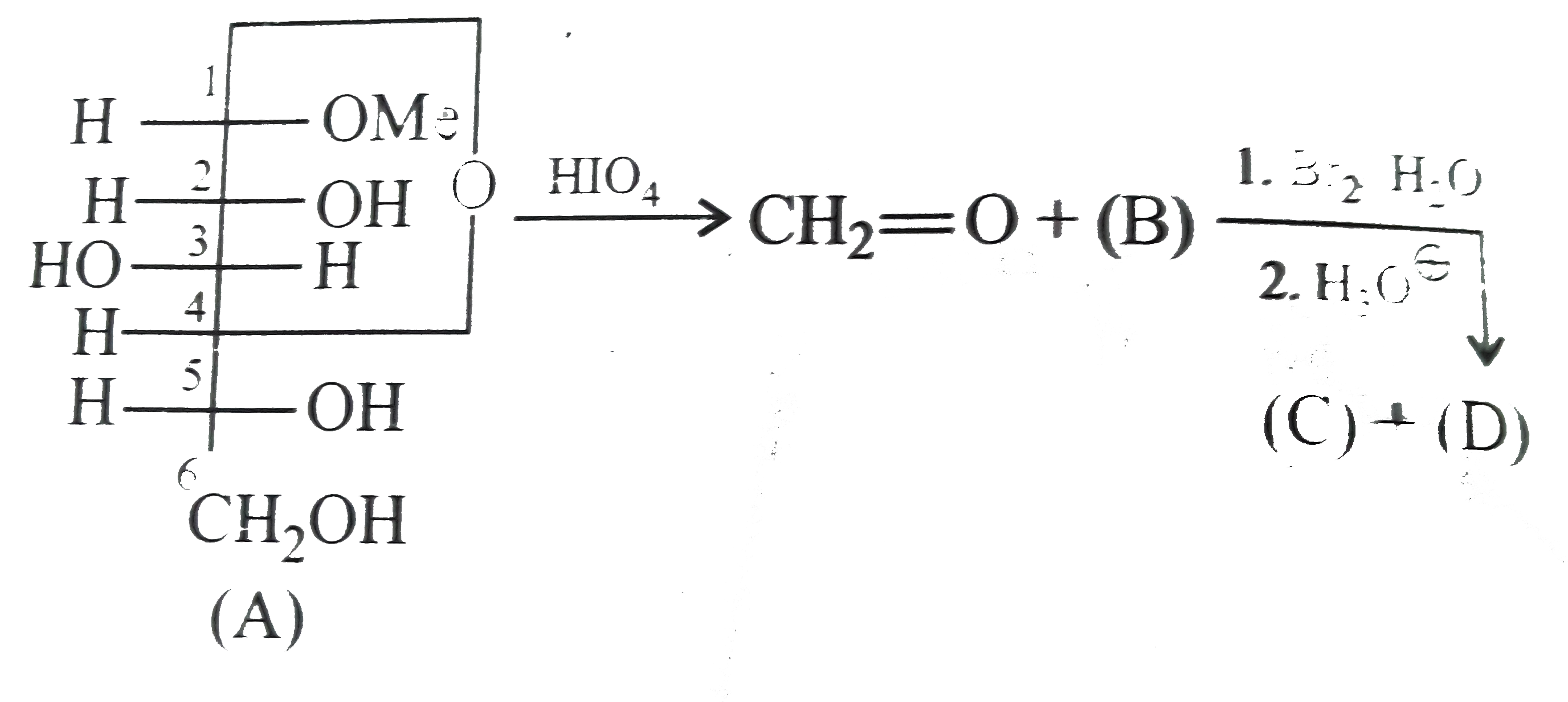
Compound (C) and (D) are:
View Solution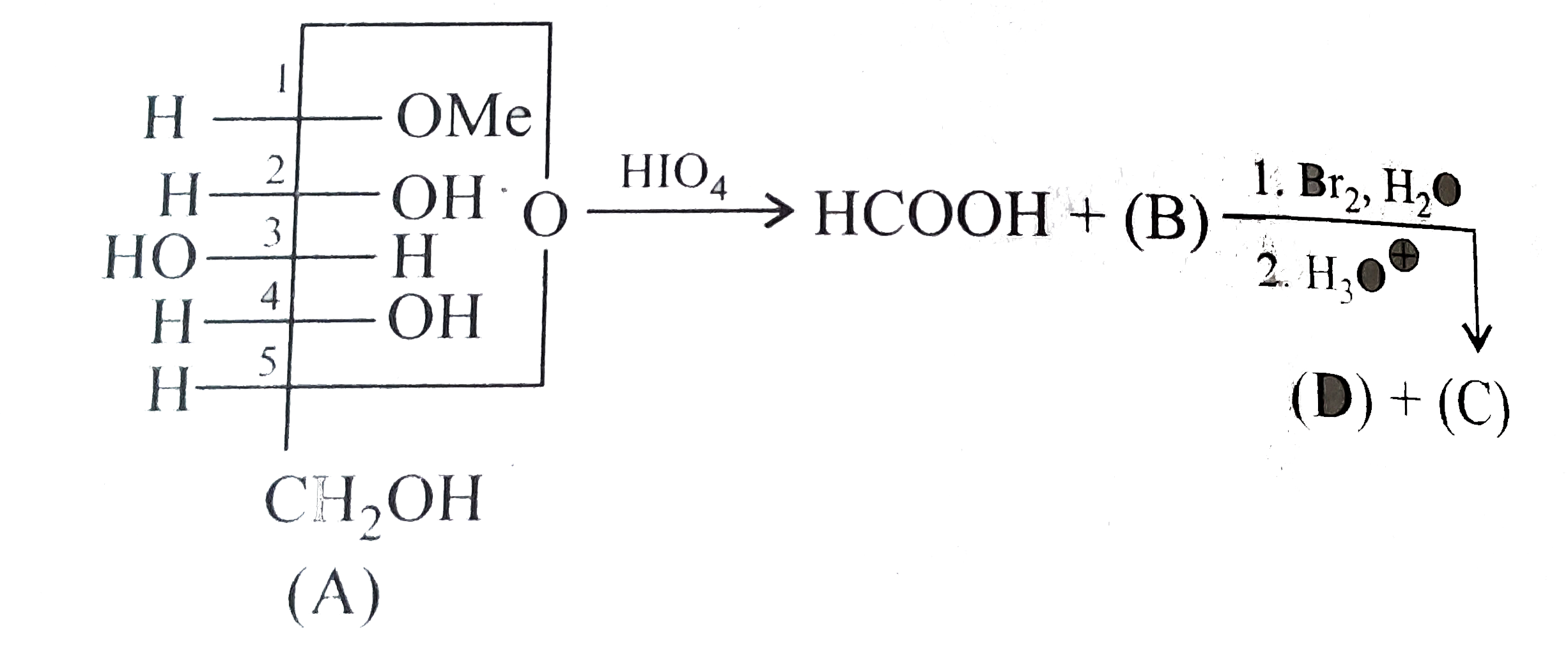
Compound (C) and (D) are:
View Solution

